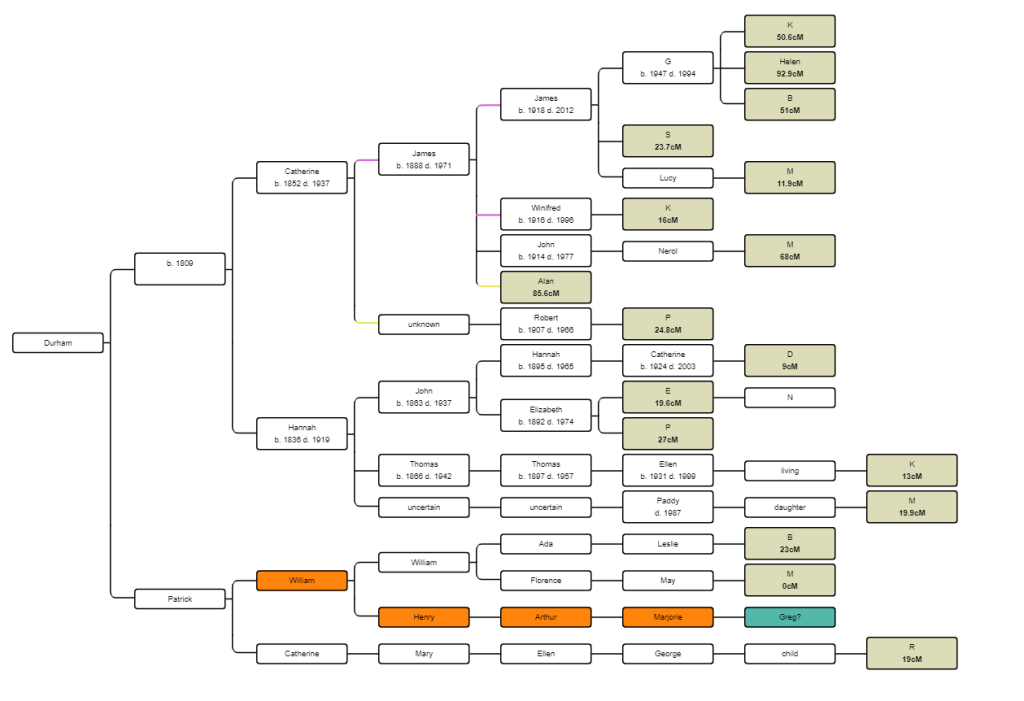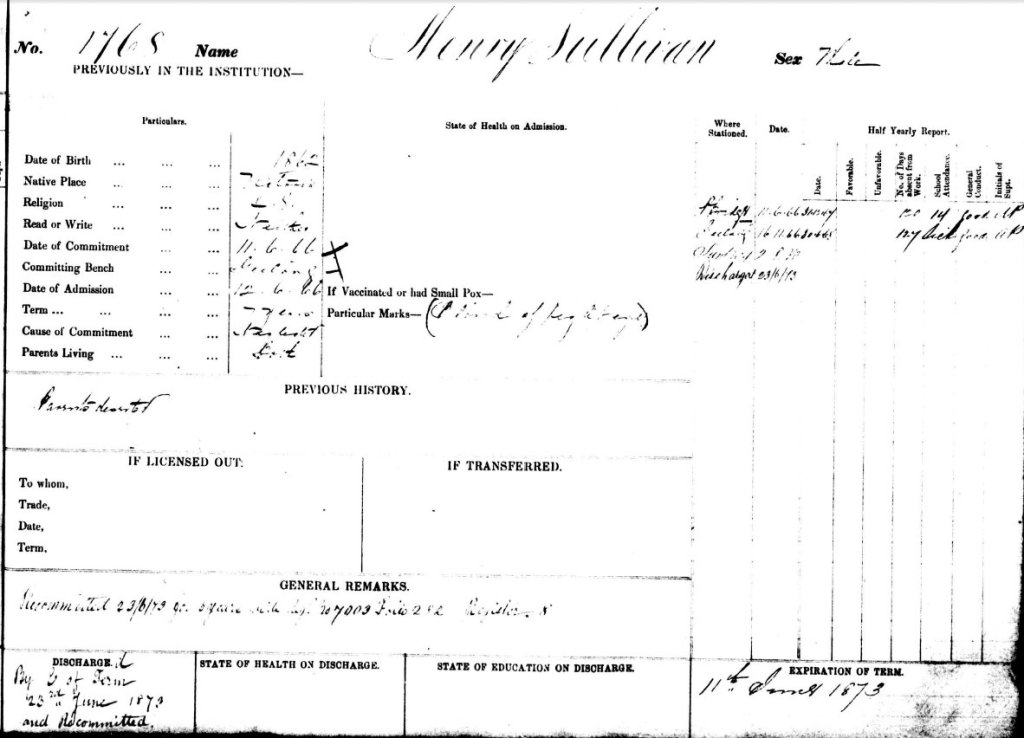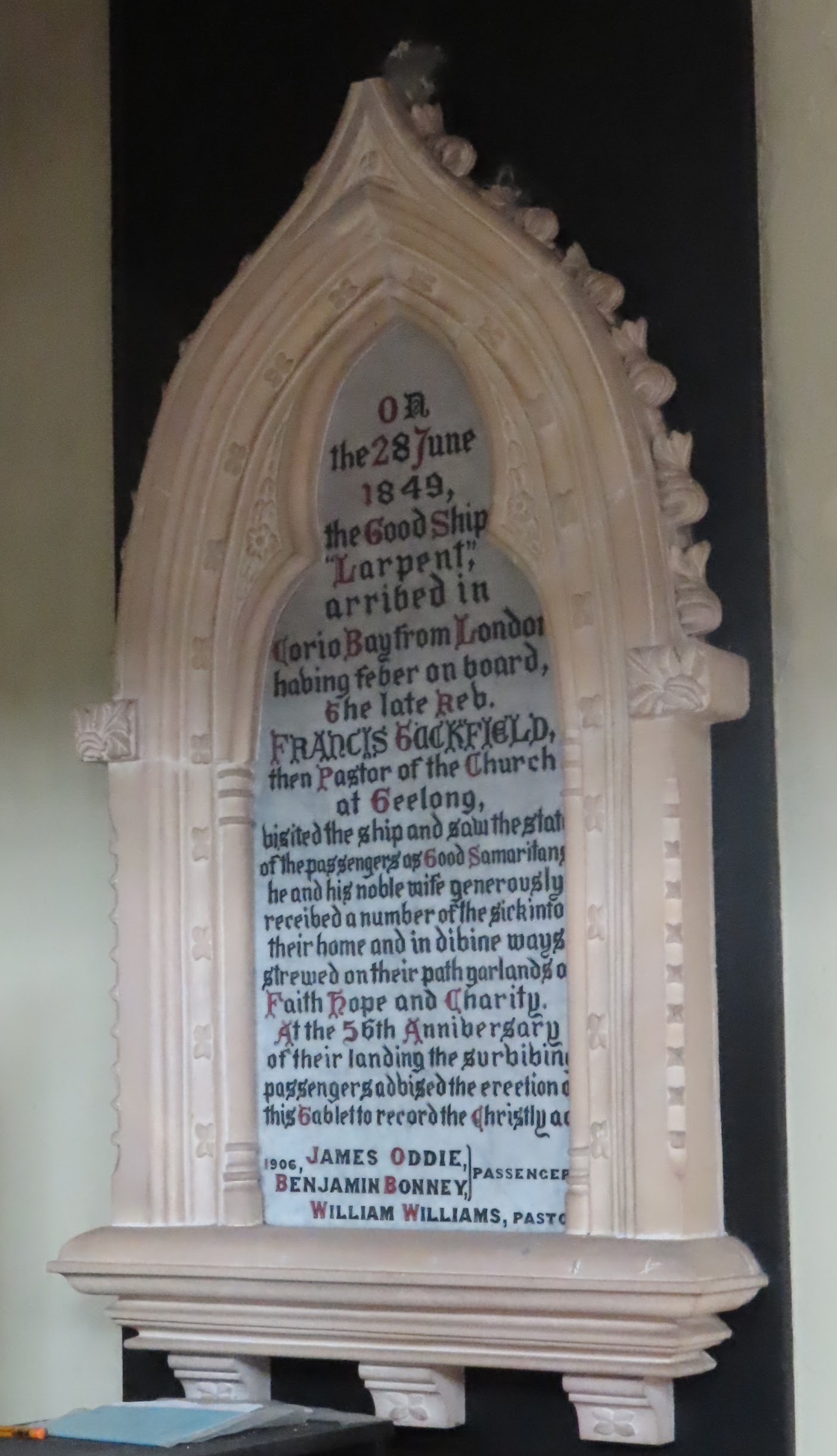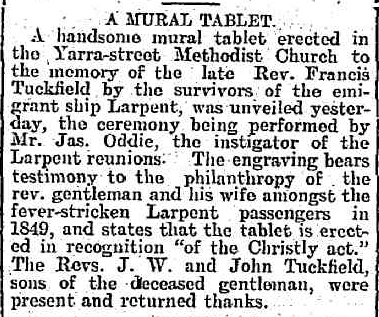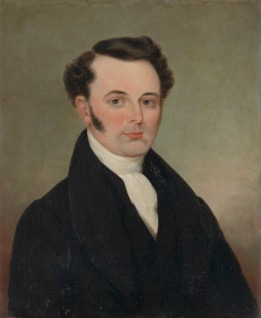So far in my family history research I have not used DNA testing. Document-based methods give me more than enough to go on with.
However, today I decided to order Ancestry.com DNA kits to learn about DNA methods. There are three brick walls in my husband’s family tree that perhaps DNA might get me past:
- Henry Sullivan (1862-1943), a great grandfather of my husband, was admitted as a state ward in Geelong in 1866 about the age of four. His parents had deserted him.
- George Young (1826-1890), from Liverpool, a great great grandfather of my husband, provided no information about his parents.
- Caroline Clarke (1835-1879), wife of George Young and a great great grandmother of my husband, was not specific about her birth and I have been unable to trace her parents, perhaps John Clark(e) and Hannah Sline. She said she was born about 1835 in Tumut. But she also said she was born in Sydney. I’ve got nowhere with this.
Having ordered the kits I thought I might look again at these brick walls. More newspapers and other records have been digitised since I last looked. I thought there might be more material.
I didn’t get any further with the Young and Clark puzzles. However, I think I have made some progress with Henry Sullivan. The story I have found seems plausible, and more information may turn up, but a DNA link would be very useful to confirm my guesses.
 |
| Henry Sullivan at his house, “Navillus”, in Bentleigh, Victoria with his wife Anne Sullivan née Morley (1861-1946) and daughter-in-law Florence Sullivan née Hickson (1898-1983) and grandaughter Elaine Sullivan later Priest (1933-1987). Photo from Elaine’s daughter. |
Henry Sullivan (1862 – 1943) was committed as a State Ward in Geelong on 11 June 1866 for seven years. He was said to be a native of Victoria. He was a neglected child. At the time of his committal, both his parents were said to be living but he had been deserted. His parents’ names were not given on the Ward Register. He had lost the sight of his right eye. Family stories say he was struck by a magpie. We have not been able to find a birth certificate.
 |
Sullivan Henry VPRS 4527 OS 1 no 1768.
VPRS 4527 Ward Registers [1864 – c.1890] are records of children in State care. Records held by the Public Records Office Victoria.(click on image to enlarge it) |
In 1873, when the first seven year committal period expired, Henry, aged 11, was recommitted. At the time of his recommittal it was again stated that both parents were living and that they had deserted him in June 1866.
 |
| Sullivan Henry VPRS 4527 OS 8 no 7003 |
I had earlier looked, without success, for records of court cases in Geelong in June 1866 to find reports of Henry Sullivan being committed as a State Ward.
Today I reviewed newspaper reports from May 1866.
I found a report on 28 May 1866 of a Mary Sullivan appearing before the Central Police Court in Geelong on Friday 25 May accused of stealing. (CENTRAL POLICE COURT. (1866, May 28). Geelong Advertiser (Vic. : 1859 – 1926), p. 3. Retrieved from http://nla.gov.au/nla.news-article147269389 )
Mary Sullivan was unmarried. She had three children of her own and one left in her care to support. The magistrate took into consideration ‘the position of the unfortunate children’, and Mary was given a mitigated sentence of 14 days imprisonment. An old woman told the court that she lived in the same house as Mary Sullivan and was left in charge of the children and the ‘little one’ who had been abandoned by another woman named Sullivan. The newspaper stated that ‘The decrepit and indiscreet creature walked off with the child clinging to her.’
I think that small child was Henry Sullivan. Fourteen days after Mary’s appearance in court on 25 May was about the 8th of June. I suspect that when Mary Sullivan was released from gaol she decided she could not cope with an extra child not her own.
On the 15th May 1866 there had been another report of a child and a young woman called Sullivan.
The attention of the Bench was again called, yesterday, to the case of the young child left in the care of a woman named Sullivan, who now seeks to shift the responsibility she undertook to Mr Hughes, the stepfather of the mother. Mr Hughes appeared in the Court and refused the charge of the child, who, he said, had been placed collusively by the mother with the woman, with a foregone intent to abandon it. He had undertaken the care and education of an elder child to save his step daughter from shame; but her subsequent career had been of a nature to preclude any further favourable consideration of her conduct. She had been twice married, and her husband had left her, and was supposed to have gone to New Zealand, whence no tidings were heard of him, and she had recently left Geelong with some man with whom she had formed an intimacy, and had deserted her children, leaving the one in question with the woman Sullivan, who had been pre paid for its keep for a fortnight, at the end of which time it was planned that the child should be left with the stepfather, a scheme that was defeated by Constable Collins, who saw the woman depositing the child at the stepfather’s premises, and warned her of the consequences of the act. The Bench refused the application of the woman Sullivan, who avows that she will not keep the child any longer. A warrant will be issued for the apprehension of the mother, who, it will be remembered, was the parent of the infant upon, whom an inquest was held at Ashby some time ago. (CURRENT TOPICS. (1866, May 15). Geelong Advertiser (Vic. : 1859 – 1926), , p. 2. Retrieved from http://nla.gov.au/nla.news-article147269067 )
I think in the court case this child is the ‘little one’ and the woman Sullivan is the Mary Sullivan who, less than two weeks later, was found guilty of stealing. There were two clues to follow up. The step-father of the mother was surnamed Hughes and the mother of the child was the parent of the infant upon whom an inquest was held at Ashby some time previously.
I had some trouble finding the inquest. I dashed down to the library to look at the index of inquests. The surname Sullivan produced nothing likely and inquests held at Ashby also didn’t seem to produce anything. I returned to searching the newspapers. Deaths of infants and consequent inquests were unfortunately quite common.
I found an inquest in November 1865 where the grandmother was Mrs Hughes. I believe this is the inquest to which the Geelong Advertiser of 15 May 1866 referrs.
Margaret Maria Sullivan aged six months starved to death. She was in the care of her grandmother Matilda Priscilla Hughes, the wife of David Hughes. The parents were William Sullivan and Matilda Frances Sullivan. The Geelong Advertiser of 23 November 1865 reported the surnames as Sutherland but the Mount Alexander Mail of 24 November 1865 gave the surname as Sullivan. The birth and death indexes confirm that the surname was indeed Sullivan.
In her evidence Matilda Frances Sullivan stated
The mother of the child, Matilda Frances Sullivan, who was in service twelve miles from town at the time, was examined, and admitted having had an illegitimate child before marriage, three years ago. Her husband left her six months after marriage, and she had had another child beside the deceased since then. She swore that her husband visited her twice during that period at her mother’s house, and that deceased was his child. She paid to have her first child taken care of in the country ; the other two she left with her mother. (CHILD KILLING. (1865, November 24). Mount Alexander Mail (Vic. : 1854 – 1917),p. 3. Retrieved from http://nla.gov.au/nla.news-article197091398 )
The Geelong Advertiser reported the mother’s evidence:
Matilda Frances Sutherland, wife of William Sutherland, sworn – I do not know what my husband is. The deceased child is mine. I was married on the 6th October, I think, as near as I can remember, 1862, by the Rev Mr Appleby, at Herne Hill. I cannot tell when my husband left me. I have seen him twice since he went away first. The first time he left was about six month after the marriage. Do not know when I saw him again, or how long we lived together. I do not know how long he was with me on either occasion. On my oath, the child is my husband’s. The child is not a love child. I do not know the reason why my husband left me six months ago. I had a child before I was married. He knew before marriage that I had the child. I have two children beside the child. The one born before marriage is four years old. When my husband came back is more than I can tell you. I saw him only on two occasions. My first child was born in July 1862. I have not seen my husband during this year 1865. Saw him last year on the two occasions I allude to. The deceased child was born on June 12th, and is six months old. Made no effort to find my husband I suppose he knows that the child is born. I can’t as I do not know where he is, nor anybody that does. He has given me no support whilst he has been away, and I get my living by going out to service. My mother supports one child and I the other, for which I pay L1 a month. Gave nothing toward the support of the deceased child. (CURRENT TOPICS. (1866, May 15). Geelong Advertiser (Vic. : 1859 – 1926), p. 2. Retrieved from http://nla.gov.au/nla.news-article147269067 )
The grandmother’s evidence was also detailed in the Geelong Advertiser:
Matilda Priscilla Hughes, wife of David Hughes – I took the deceased child when she was born, in Autumn street, on the 12th June. ‘My daughter has three children, one at nurse in the country, for which she pays 5s a week, and the other I keep as well as the deceased child. The elder boy is five years old. The second one is going in two years and the third is six months old. It was delicate from birth, and was fed from the bottle with farinaceous food. I waited on you (the coroner) on Thursday, and said I came to show you the baby. You told me I ought to get a wet-nurse. I did not say to you “I want you to see the child in case any thing should happen afterwards.” On Monday I sent the undertaker for a certificate from you of the death of the child. I don’t know the father of the child. My daughter’s husband has not been seen by either of us for some months before the birth of the boy who is three years old. … (Geelong Advertiser 15 May 1866 p. 3)
The jury returned a verdict of manslaughter against the grandmother, and also against the mother as an accessory to the child’s death.
The Victorian birth, marriage and death indexes confirm the evidence given at the inquest.
- birth Eleazar Hughes, no father, mother Matilda Hughes. Registration 1861 / 8434 born CHERHAP (this is Gheringhap, a village at the junction of the Geelong-Ballarat (1858-62) and Geelong-Maroona (1913) (to Ararat) railways. There were large numbers of navvies and associated construction workers in the area during both those periods.).
- marriage 1862 William Sullivan and Matilda Frances Hughes. Registration 1862 / 4376.
- birth Ebenezer Henry Sullivan, father William, mother Matilda (Hughes) Registration 1863 / 14440 born GHER (again Gheringhap )
- birth Margaret Maria Sullivan, father William, mother Matilda (Hughes). Registration 1865 / 8809 born ASHB, probably Ashby, a locality in Geelong West.
- death Margaret Maria Sullivan, father William, mother Matilda Frances (Hughes). Registration 1865 / 8836. Place of death ASHB.
There seems to be no other record of Ebenezer Henry Sullivan in the Victorian Birth, Death and Marriage indexes..
Eleazar / Eleazer Hughes married in 1881, had children and died in 1949. There are a number of family trees on Ancestry.com which include him.
I believe, based on the coincidence of the court reports and the committal of the small child as a State Ward in 1866, that my husband’s great grandfather Henry Sullivan, was Ebenezer Henry Sullivan, the son of William Sullivan and Matilda Frances Hughes.
Should any descendants of Eleazer, Henry’s half-brother, be willing to help, DNA testing might be able to confirm this.
